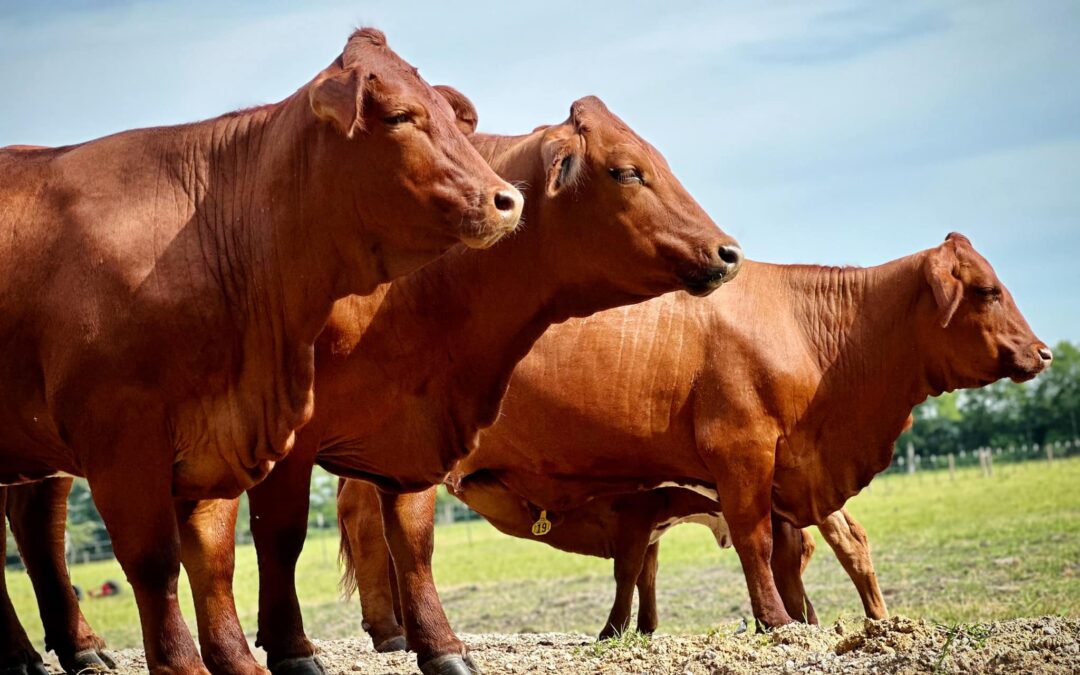Breeding Beefmaster cows successfully is a multi-step process that requires a thoughtful strategy, careful planning, and meticulous execution. This article will provide insights into the various factors that contribute to successful Beefmaster breeding.
Understanding Beefmaster Genetics
Before beginning your breeding program, it’s crucial to understand Beefmaster genetics. This breed, a blend of approximately 50% Brahman, 25% Hereford, and 25% Shorthorn cattle, is known for its superior traits such as hardiness, fertility, weight, conformation, disposition, and milk production.
Select the Right Breeding Stock
Start by selecting cows and bulls with strong genetic traits. Look for animals that exhibit the characteristic Beefmaster traits. Pay attention to their performance records, and if possible, look at their progeny to evaluate how their genetic traits are passed on.
Ensure Health and Nutrition
The health and nutritional status of your cows play a crucial role in successful breeding. Make sure your cows have a balanced diet rich in necessary nutrients, particularly around the time of breeding and during gestation. Regular veterinary check-ups are essential to catch and address any potential health issues promptly.
Recognize Heat Signs
Effective detection of heat (estrus) in your cows is a critical factor for successful breeding. Some signs of estrus in cows include restlessness, increased vocalization, decreased milk yield, and standing to be mounted by other cows. There are also heat detection aids available that can help in identifying the perfect time for breeding.
Choose the Right Breeding Method
There are two main breeding methods: natural and artificial insemination (AI). Natural breeding is simpler, but AI gives you the opportunity to use semen from high-quality bulls that might be located far away. Both methods have their pros and cons, and the choice depends on your resources, goals, and the specific situation of your herd.
Record Keeping
Good record-keeping is crucial for a successful breeding program. Keep track of all relevant information such as the cows’ heat cycles, breeding dates, expected calving dates, and any health issues. These records can be a valuable tool for managing your breeding program and identifying areas where improvements can be made.
Managing the Calving Period
Ensure you have a clean, safe environment for calving. Monitor the cows closely during this time for any signs of difficulty. Newborn calves should receive appropriate care, including timely colostrum intake, to ensure they have a strong start in life.
Wrapping Up
Breeding Beefmaster cows successfully involves several critical steps, from understanding Beefmaster genetics and selecting the right breeding stock, to ensuring optimal health and nutrition, detecting heat accurately, choosing an appropriate breeding method, meticulous record-keeping, and effective calving management. By following these steps, you’re setting the foundation for a productive and profitable Beefmaster herd. Happy breeding!
